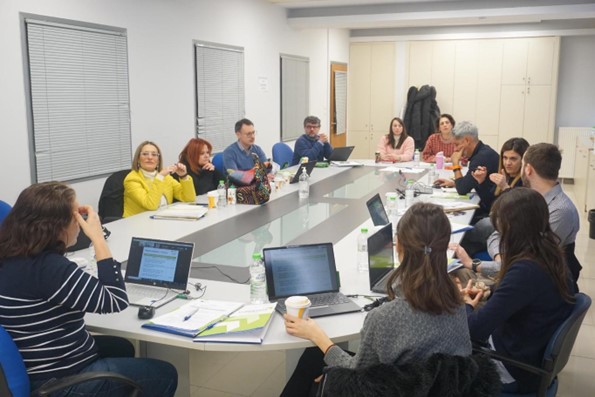The objective of the meeting was to reflect on the effectiveness of the new European Directives contained in the Circular economy Package to be adopted in our territory, trying to understand how to best apply the standards envisaged generating an impact on the sustainability and economic development of the C&DW management supply chain.

The speakers discussed on the economic impact of the new directives contained in the EU circular economy package concerning the waste management, published in the Official Journal of the EU on the 14th June 2018, which have to be transposed on the National Italian Law by the 5th July 2020. The success or failure of the objectives set by the circular economy package will much depend on the capacity to enforce the forthcoming legislation by the national and regional institutions and on the adaptability of companies to the new standards envisaged.

The approval in 2012 of the regional guidelines for the management of the recycling, recovery and disposal chain of inert waste represented a good practice of participative process with sectorial companies in a technical panel.

The Guidelines foresees the presentation of a “Waste management Plan” among the design documents of building interventions, that represents a tool to better organize the work in the construction sites avoiding incurring defaults with respect to legal obligations. Much emphasis has been given by the companies who made their presentations on the necessity to integrate recycled aggregates into the production process through simplified regulation, suitable incentives and clear policies. Even the academic world agreed on the strategic importance of tools such as the GPP or pre-audit demolition that may encourage the entire sustainable C&DW management. An important presentation was made by Lazio region on the management of rubbles after the earthquake occurred in the city of Amatrice and Accumoli and their fractions in 2016. In such event, the recovered product fractions have been assigned to the authorized recovery plants and identified already during the tender by economic operators while recovery of the inert fraction was reused in the construction of infrastructures.










